This article was published in Scientific American’s former blog network and reflects the views of the author, not necessarily those of Scientific American
Over the years humans have deployed spacecraft into some wild, wacky and extremely clever orbital configurations to better study the cosmos.
From a really long way away, the gravitational field of our solar system - due to the combined mass of a modest star and an assortment of planets and billions of small chunks - reduces to a near perfect symmetry. The universe feels us as effectively a simple 'point' of mass, one teeny component in a galaxy of more than two hundred billion other simple pieces.
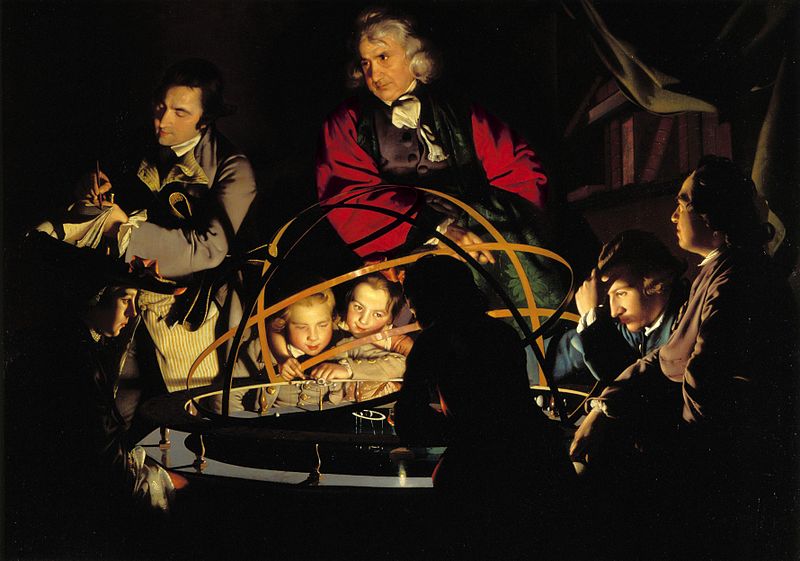
Oh, easier times (1766: Joseph Wright: A Philosopher Giving that Lecture on the Orrery, in which a Lamp is put in place of the Sun.)
On supporting science journalism
If you're enjoying this article, consider supporting our award-winning journalism by subscribing. By purchasing a subscription you are helping to ensure the future of impactful stories about the discoveries and ideas shaping our world today.
But zoom in, and the gravitational field of our interplanetary space is a complicated, undulating, and dynamic landscape. For example, at 318 times the mass of the Earth, Jupiter's gravitational pull sweeps through the system during its 12 year orbit, stirring and perturbing other planets. At 95 Earth masses, so too does Saturn's pull. There are also zones of non-intuitive stability along the orbits of big worlds. And closer in to any planet, especially ones with moons, there are other subtle and not-so-subtle gravitational variations, and zones of balance and imbalance.
We're clever little hominids and we've learnt to navigate the unseen country of gravity with our spacecraft. The details can be surprising and even breathtaking. Here are a few examples of the extraordinary ballets that we've been practising over the past few decades.
The trans-lunar injection & free return orbit
This older NASA image depicts the Apollo 8 mission trajectories. Like a few of the other Apollo missions, the underlying orbit was a figure of eight. Why? This trajectory gave a 'free return' from the Moon should anything go wrong - instead of correcting to insert in a lunar orbit you just swing around the Moon and come back - shown more clearly in the lower figure.
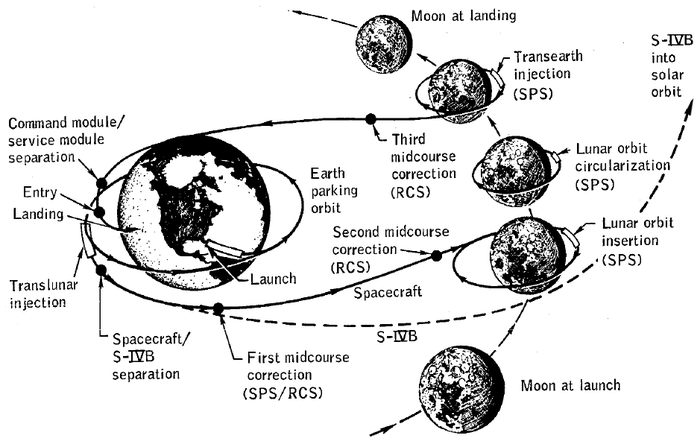
(Credit: NASA)
This version of a 'free return' trajectory was used on Apollo 8, 10, and 11. The failed Apollo 13 mission was not originally on this trajectory, but it was able to use the lunar module to insert itself into a free return - luckily for the astronauts.
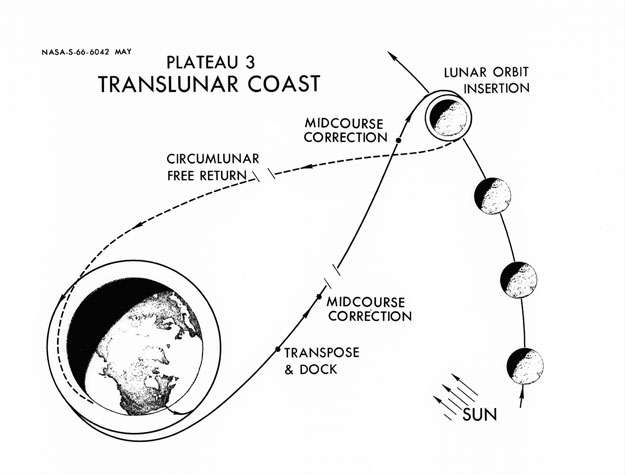
(Credit: NASA)
Planetary surveying
Flash forward to today, and a very different type of mission. NASA's Cassini spacecraft has been in-situ at Saturn for the past decade, on a remarkable odyssey of scientific discovery. During this time it's also reconfigured its orbital configuration to better survey the Saturnian system, creating the veritable web of trajectories shown here. Cassini is, at present, on its Solstice mission - so-named for Saturn's upcoming summer solstice in May 2017 (and not repeated for another 29 years).
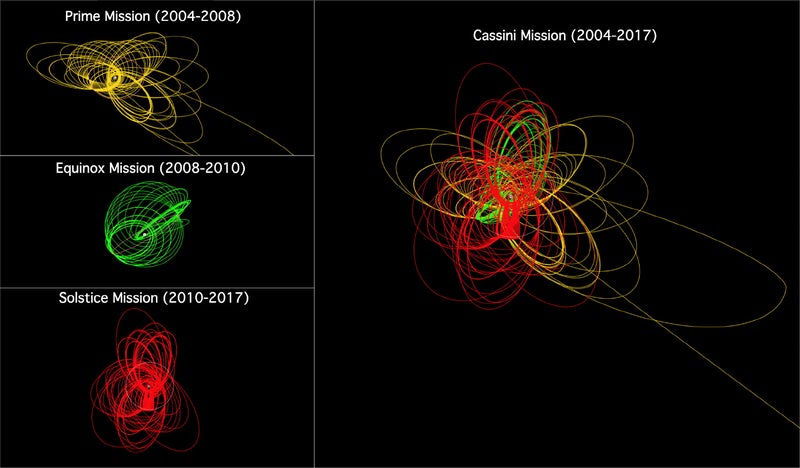
Cassini orbits around Saturn (Credit: NASA/JPL, and Planetary.org)
Reuse, recycle, and orbit empty space...
Both the Cassini and Apollo orbits are relatively easy to appreciate - the spacecraft are going around their targets. But what about those special zones of balance and imbalance? Here's a great example from a seldom-heard-about NASA mission. Launched in 2007, Time History of Events and Macroscale Interactions during Substorms (THEMIS) originally consisted of 5 spacecraft studying Earth's magnetosphere.
After completeing the primary mission, two of the spacecraft were repurposed to become Acceleration, Reconnection, Turbulence and Electrodynamics of the Moon’s Interaction with the Sun or ARTEMIS P1 and P2 (much less of a mouthful). They were moved gently further from the Earth and into lunar orbits.
But these are not your grandmother's lunar orbits, they're Earth-Moon Librational Orbits. Here the spacecraft move around two Lagrange points (L1 and L2) - on the near and far side of the Moon - locations where the gradient in the gravitational potential field is effectively flat (due to the combined pulls of the Earth and Moon in their rotating frame). In other words, the ARTEMIS craft can 'hover' in dynamic stability as the Earth-Moon system orbits the Sun, measuring magnetospheric conditions and the nature of the solar wind.
Not only has this saved NASA tens of millions of dollars (who says the agency doesn't know how to make the most of what it's got?), it also presents a most unique and beautiful set of orbital trajectories - shown here:
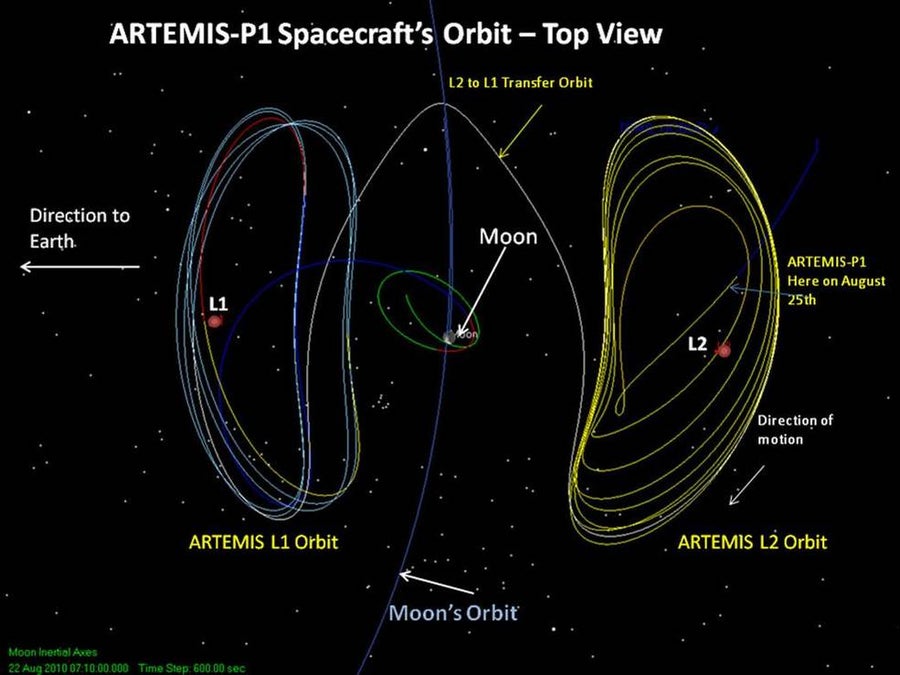
Libration orbits relative to the Moon (Credit: NASA/Goddard)
And a side view:
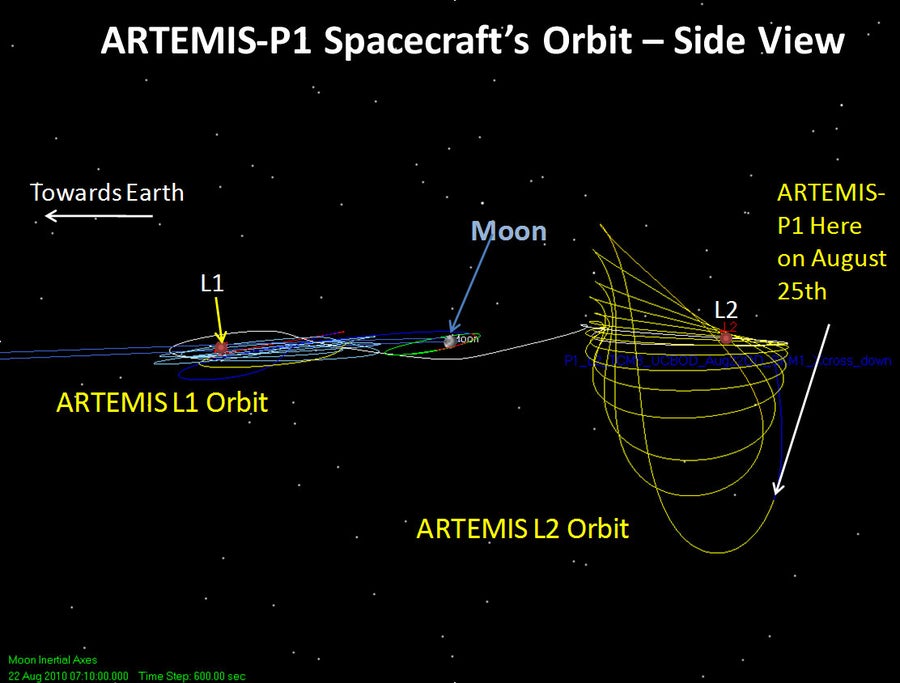
(Credit: NASA/Goddard)
Running triangles around comets...
Sometimes the object of interest in interplanetary space is so puny that its gravitational field is barely enough to keep a spacecraft in place. Such is the situation for ESA's Rosetta mission currently at Comet 67-P/C-G. So what do you do? You sneak up on it in a decidely non elliptical path, closer and closer until something resembling a stable orbit can be achieved (Credit: ESA, C. Carreau)